How to achieve abundant flowering freesia in the garden
Freesia flowers, which were grown for the Parisian aristocrats, can now be found in any garden area. The plant requires some care, but it rewards the grower with the beauty and sophistication of the scent.
Brief description and prerequisites for development
A perennial bulbous flower of the iris family, freesia feels great at home, outdoors and in a greenhouse. The buds of various colors retain their freshness and attractiveness for a long time.
Interesting fact
Freesia spread from the African continent, where they grow along the shores of reservoirs, hiding under tall shrubs and trees from the exhausting sunlight.
Hybrid breeding is a plant that grows quickly and is not afraid of certain diseases and pests. Such bushes reach a height of up to 1 m, their stem is highly branched and surrounded by long, up to 150-200 mm, and narrow, no more than 15 mm, leaves. Even in a pot or on a flower bed, freesias look graceful, like a bouquet assembled by a florist. The nodules are covered with brown scales.
Flowers are small, their diameter is up to 50 mm, collected in underdeveloped inflorescences, like thin flagella, on which charming buds bloom in a row. The color of freesia petals is very different: white, purple, orange, red, blue ... After budding, a seed capsule is formed.
Freesias will develop all year round on a windowsill or in a greenhouse, blooming even in winter. But in the warm season, every gardener would like to see these beautiful flowers in their area.
Optimum conditions for freesia outdoors:
- The plant does not like direct sunlight - it is better to plant it under tall shrubs or young trees. Partial shade is also suitable.
- The light period for the normal development of freesia should be at least 12 hours a day.
- Flowers are sensitive to drafts and constantly blowing winds. When landing, be sure to pay attention to this factor.
- There should always be loose soil under the bushes with good drainage, in addition, it will be necessary to reduce the acidity to weak. For this we use lime and wood ash.
- When planting, we take into account the variety and the requirements for the spacing between freesia bushes. If we grow a broadleaf variety, we increase the distance between the plants.
- The optimum temperature for the development and formation of beautiful flowers is + 22 ° C.
- We recommend cutting freesia for the bouquet only when two flowers sprout and bloom. It is better to remove wilted and faded ones immediately. Such care will allow you to direct nutrition to the nascent buds.
- Many freesia varieties will require a peg to support weak stems.
- Flowers are very fond of humid air. To provide it, we spray water over the plantings. But we carry out the operation only in the evening and try not to get into the flowers.
- With the established heat, it will be necessary to carry out foliar moistening daily, while reducing the number of waterings.
Selection and preparation of planting material
If it is not possible to grow planting material on your own, it is borrowed from friends or purchased in a garden store, while it is important to pay attention to the main points:
- there should be no mechanical damage on the bulbs, and mold or rot on the roots; such plants can infect the site;
- bulbs must be firm and firm; sluggish, dried-up will not grow or give weak, lagging plants;
- the seller / store must have all the certificates and permits, especially the act of environmental impact assessment.
Preparing to land on the site
We start this work in the middle of spring:
- We dilute any fungicide in water or make a strong solution of potassium permanganate.
- We clean the dug out bulbs from hard scales and soak in disinfectant solution for 40-60 minutes. So we immediately remove possible pests and spores of fungi or mold.
- We plant the bulbs in prepared pots with soil mixture - we get seedlings.
- We put the boxes in a warm place with diffused sunlight and constantly monitor the condition of the soil and the sprouts themselves.
- We grow the bulbs until they are planted in the open ground.
Theoretically, planting is not possible with bulbs, but with seeds collected from bolls after flowering. However, this method will take more time and effort. Work begins in late February - early March. Flowering usually does not occur in the first year; under ideal conditions, budding begins 9 months after sowing. Freesia grown from seeds is suitable for transplanting into a flower pot and further growing in an apartment on a windowsill.
Landing in open ground
Having chosen a site that meets the tastes of freesia, you need to prepare it for planting. If we plan to place a free-standing bush in the flower garden, we dig a separate hole. Its depth is 400 mm, and its diameter depends on the root system of the bush and should exceed its size by 3-4 times. If we plan to plant a number of flowers, we dig a groove up to 400 mm deep. Trench width - not less than 350 mm.
We spread a thin drainage layer at the bottom of the depression, then we pour a soil mixture from sod land, peat, humus, soil from a compost heap.
Planting freesia
Only after the establishment of a warm period and in the absence of the risk of night frosts can one begin to move the finished seedlings into open ground. To do this, we perform simple operations:
- Fill the finished wells with water.
- After absorbing with the spatula, make a small hole.
- Fill the containers with sprouted bulbs with water and carefully remove the seedlings along with the ground. We try not to disturb the lump of soil on the roots.
- Place the bulbs in the prepared hole and cover with soil.
- Top the sagging soil in the hole with a layer of mulch.
Having performed these simple operations with full responsibility, we receive the decoration of the site with beautiful flowers from August until the very first frosts.
Important
Don't forget about the freesia support post. It is hammered in the center of the hole and taken out above the ground to a height of 500 mm.
Flower care works
They can be divided into several operations. Let's analyze the main ones in more detail.
Watering. Here it is important to remember the basic rule for caring for all plants - the ground under growing bushes should always be moist and loose. A layer of mulch and a drip irrigation system under each bush will help in this. Do not forget about the love of freesia for spraying leaves and stems with water from a spray bottle.
Loosening the soil and weeding. Do not disturb the soil directly near the bush. The rhizome is located close to the surface and is easily damaged by this treatment. We only loosen the aisles well. We remove weeds throughout the flower garden, we will entrust the rest of the care of loose soil under the bush with mulch.
Top dressing. This operation is one of the most important if we want to get a beautiful plant that blooms large flowers. The first time we add nutrients immediately after rooting the bushes in the open field. Ammonium nitrate plays an important role here. We breed it strictly according to the instructions indicated by the manufacturer on the label, and water the plants after the main soil moisture.
In the future, at least 2 times a month, we feed growing flowers, alternating solutions of the phosphorus-potassium group with organic matter.But you shouldn't apply fertilizers every other day, such "concern" will only cause a negative response from freesia. On the other hand, nutrients introduced in time make the bushes strong, so that it pleases with its flowering and is resistant to many diseases.
Disease and pest control
At least 2 times a season, we treat freesia with systemic preparations against spider mites. It makes no sense to indicate a ready-made recipe, the industry is releasing new effective drugs, and this recommendation may be late.
If the rules for moisturizing are violated, gray rot or aphid damage occurs. To remove such troubles, it is enough to treat the plants with a manganese solution and wash off the aphids with soapy water. After that, we reduce the amount of watering and add a layer of fresh mulch from needles, old sawdust, peat.
Freesia is an elegant and interesting flower, it is incredibly popular in bouquets, it feels great in pots on the windowsill, and if you spend a little energy and grow freesia in your garden, the flower beds will be transformed into lovely glades from fairytale forests.
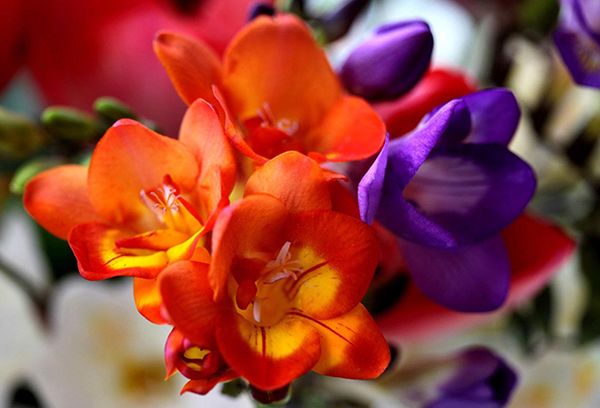
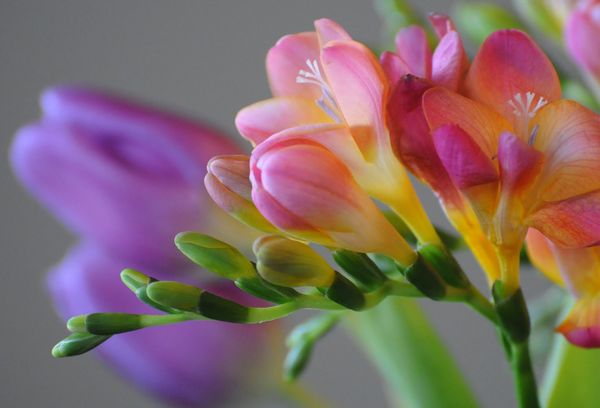
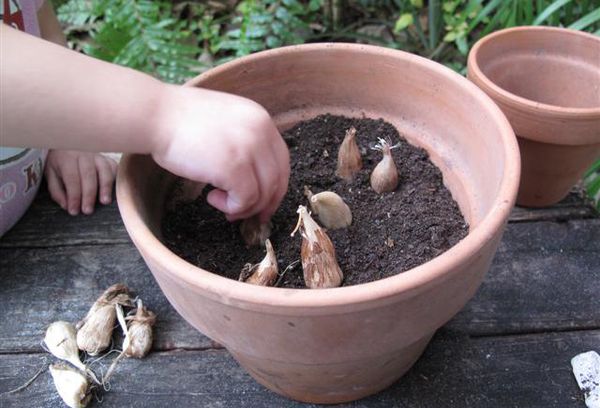
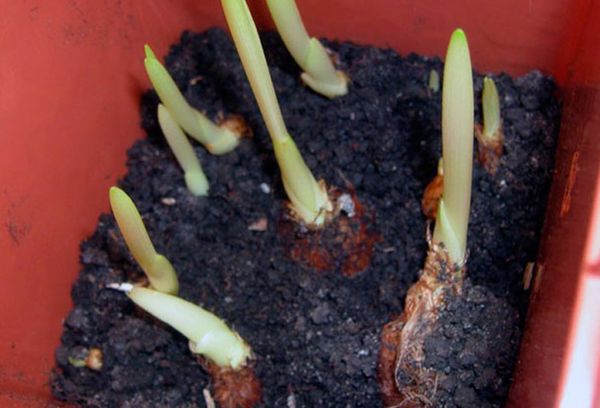
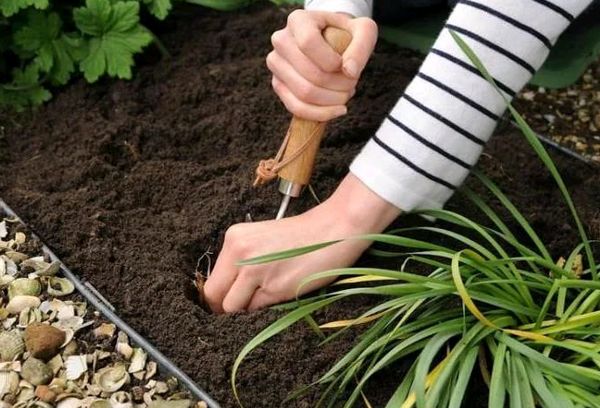
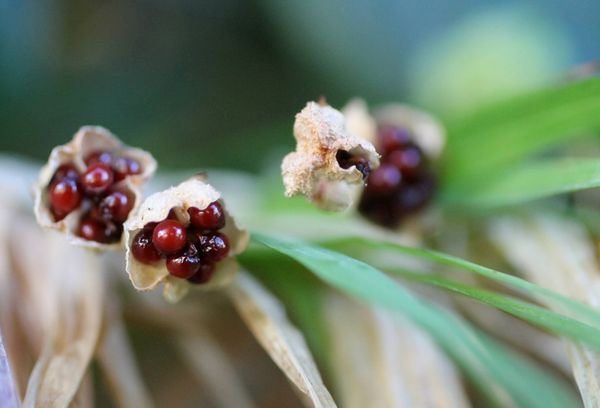
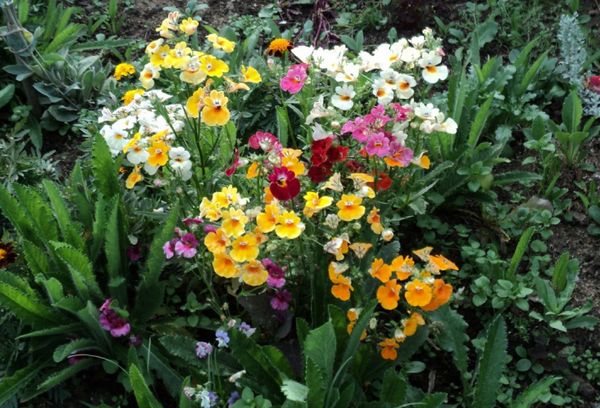
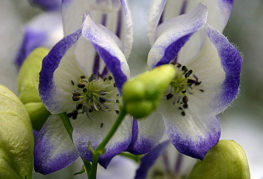
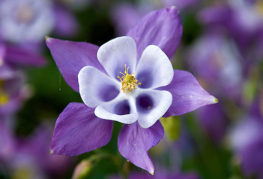
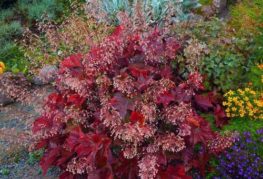

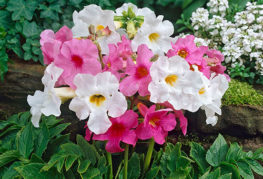
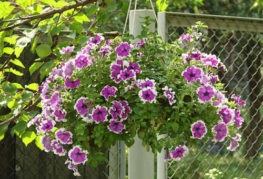
and will be published shortly.